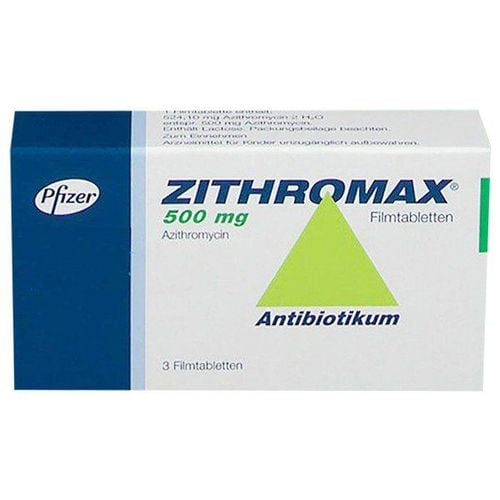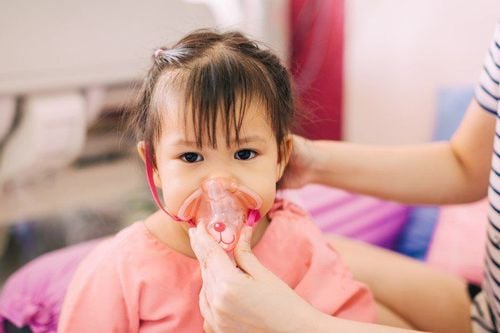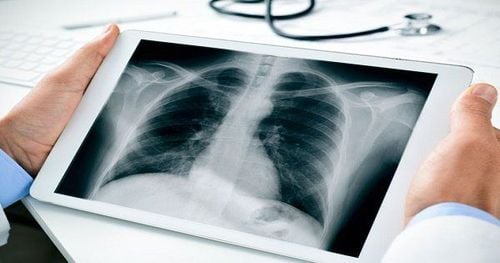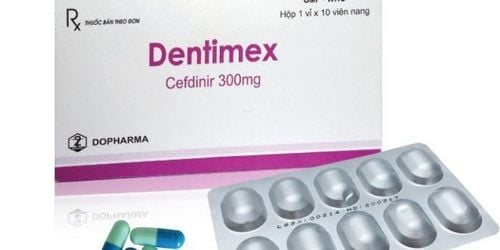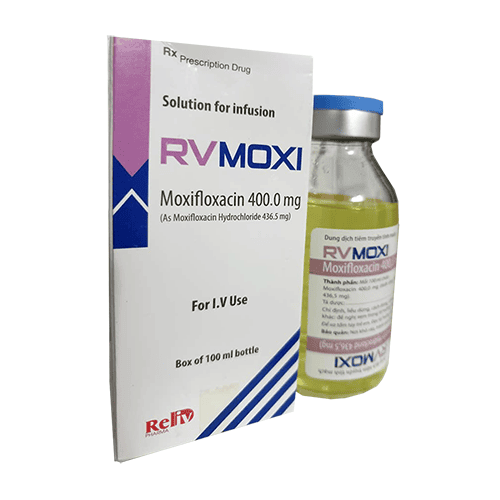This is an automatically translated article.
The article is professionally consulted by Master, Doctor Nguyen Huy Nhat - Department of Medical Examination & Internal Medicine - Vinmec Da Nang International General Hospital.
Community-acquired pneumonia in children is one of the leading causes of hospitalization in children. The erratic weather, high humidity is an opportunity for pneumonia to develop. Children under 5 years old, especially children under 2 months old, are the group with the highest risk of contracting and dying from pneumonia. Therefore, early detection and treatment of community-acquired pneumonia in children plays an extremely important role.
1. What is community-acquired pneumonia in children?
1.1. Community pneumonia
The disease often has symptoms of rapid breathing, this is the sign with the highest diagnostic value of pneumonia.According to WHO standards of tachypnea in children under 5 years old as follows:
Breathing rate of 60 breaths/minute or more for children under 2 months old; Breathing rate of 50 breaths/minute or more for children 2 months - 12 months old; Breathing rate of 40 breaths/minute or more for children 1 - 5 years old. Parents or relatives can count breathing when the child is lying still or sleeping and have to count for 1 minute, if you want accurate results, count 2-3 times.
1.2. Very severe pneumonia
The child has a cough or difficulty breathing plus at least one of the main symptoms: cyanosis, convulsions, lethargy or coma; unable to drink or stop feeding or vomiting everything; Severe respiratory failure with head nodding with breathing and contractions of accessory respiratory muscles.In addition, there may be some other symptoms including: rapid breathing, rising and falling of the nostrils, moaning, chest tightness; Auscultation of the lungs may show reduced alveolar murmurs, tube murmurs, small grainy rales; pleural rub.
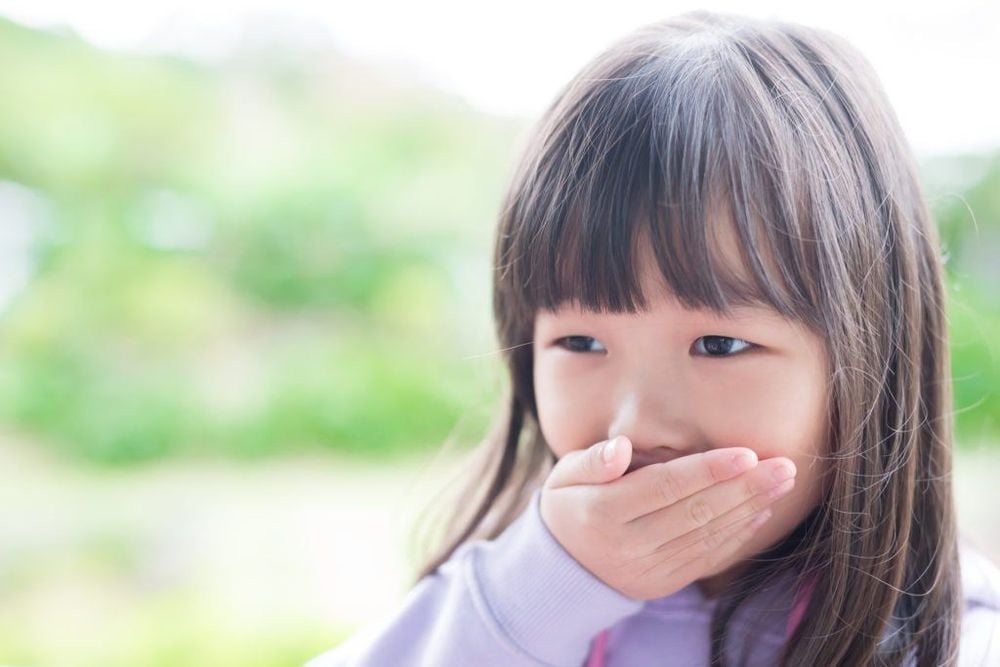
1.3. Severe pneumonia
The child coughs or has difficulty breathing and has at least one of the main symptoms: chest tightness, rising and falling of the nose; grunting (in infants younger than 2 months) and no major signs of very severe pneumonia. In addition, the child may also have some of the other symptoms described in very severe pneumonia.1.4. Pneumonia is not severe
The child has a cough or difficulty breathing and rapid breathing.Children under 2 months: Breathing rate is about 60 times/minute; Children from 2-12 months: Breathing rate is about 50 times/minute; Children 12 months - 5 years: Breathing rate is about 40 breaths/minute but without one of the main symptoms of severe or very severe pneumonia. Auscultation of the lungs may show small grainy moist rales.
2. Treatment of community-acquired pneumonia in children
The use of oral antibiotics is safe and effective even in some severe cases. Parenteral antibiotics should be used for severe pneumonia with complications or signs of sepsis or intolerance (eg, vomiting) or problems with malabsorption of oral drugs.Specific treatment of community-acquired pneumonia in children of each age group is as follows:
Children under 2 months of age: When contracting community-acquired pneumonia, they need to be treated immediately at a medical facility under the orders of a specialist doctor, using benzyl penicillin or ampicillin in combination with gentamicin (intramuscular or intravenous) administered once a day. One time use from 5-10 days. In pediatric patients with very severe pneumonia, cefotaxime 100-150mg/kg/day intravenously divided into 3 to 4 times.
Children from 2 months to 5 years old: Mild cases of pneumonia should be treated as outpatients according to a specialist doctor's prescription, can use cotrimoxazol or amoxicillin. Follow up after 2-3 days. If better, continue treatment for 5-7 days. If it does not improve or worsens, it will be treated as severe pneumonia.
Children 2 months to 5 years of age with suspected staphylococcal pneumonia: Treat with oxacillin (intramuscular or intravenous) in combination with gentamicin. If oxacillin is not available, cephalothin (intramuscular or intravenous) + gentamicin or vancomycin can be substituted.
Children over 5 years: Treat with benzyl penicillin, cephalothin or cefuroxime, or ceftriaxone, amoxi/clavulanic or ampicillin/sulbactam; (H. influenzae produces high beta-lactamase).
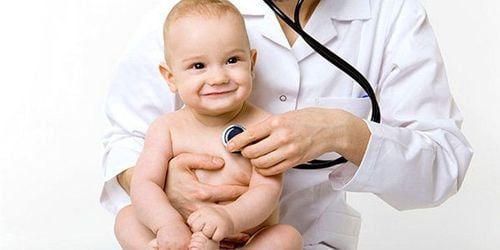
3. Treatment of complications of community-acquired pneumonia
If community-acquired pneumonia is treated late or improperly, or the virulent bacteria are too strong to cause complications, then the treatment will become complicated and there is a high risk of death. Possible complications are: effusion, pus, pneumothorax; necrotizing pneumonia, pneumothorax; hyponatremia.After treatment, if the child still has a fever and the general condition does not improve after 48 hours of treatment, it is necessary to examine, re-evaluate, take a chest X-ray to detect complications. If the effusion and pneumothorax are small, no surgical treatment is needed, but only continued antibiotic therapy. If the effusion is large and there is respiratory failure, pleural drainage is required.
Community-acquired pneumonia in children is a severe lower respiratory tract infection that needs to be detected early and treated promptly. At the same time, it is necessary to take basic preventive measures to prevent the disease from occurring such as regularly keeping the nose and throat area clean. In addition, general preventive measures can be used to reduce the risk of disease such as vaccination: H.influenzae type b (Hib), pertussis, pneumococcal, influenza...
Bronchitis as well as other diseases. Respiratory diseases are examined and treated by a team of highly qualified and experienced doctors at Vinmec hospital. Including Master, Doctor Nguyen Huy Nhat with many years of experience in the field of respiratory disease treatment at Hue Central Hospital, Hoan My General Hospital, .. before being a doctor of General Internal Medicine Department. Vinmec Da Nang International General Hospital.
Please dial HOTLINE for more information or register for an appointment HERE. Download MyVinmec app to make appointments faster and to manage your bookings easily.





